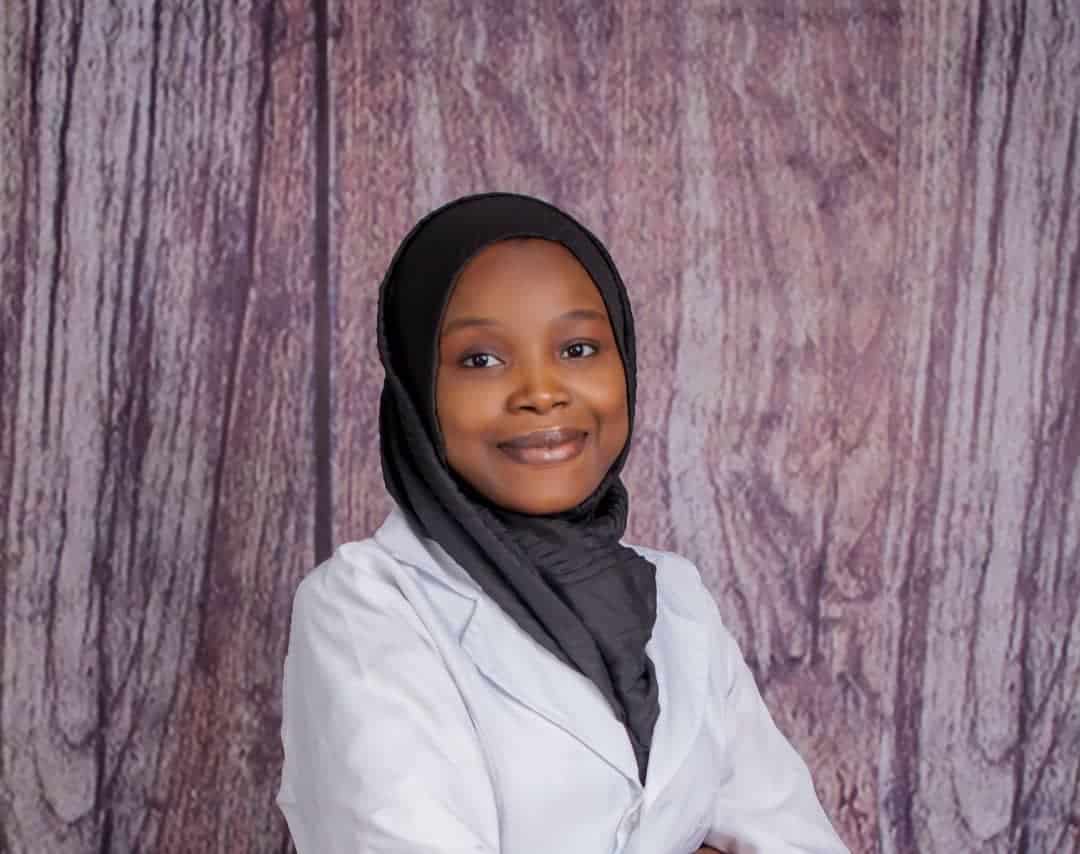Hermaphrodite implies a discrepancy between the morphology of the gonads i.e. the testis and ovaries, and the appearance of the external genitals. Individuals may have both testes and ovaries which are not functional and have the appearance of a male or female but their external genitals will not look like their gonadal sex.
Another group are those who are female pseudo hermaphrodites, they are female genetically, have a feminine look, but have ambiguous genitals. This usually results from exposure to excessive androgens (male hormone) in pregnancy.
This family of disorders was formerly referred to as HERMAPHRODITISM or INTERSEX, but are now referred to as DISORDERs OF SEXUAL DIFFERENTIATION.
RISK FACTORS
- Administration of androgenic agents to women during pregnancy for the treatment of threatened abortion.
- Mutations in genes that influence fetal sex development.
- Family history
DIAGNOSIS
This is usually clinical, and mostly noticed first by the medical team either soon after birth or at puberty, female children may have very large clitoris, which resembles a penis, a mass that feels like a testes in fused labia, a closed labia that looks like a scrotum. There are various presentations. The male child may have an undescended testis, and an empty scrotum, an abnormally small penis with urethral opening closer to the scrotum, or a urethra that doesn’t fully extend to the tip of the penis.
The diagnosis might not be made until puberty when certain expected development does not take place.
MANAGEMENT
This is usually multidisciplinary; it includes the surgical team, medical team especially an endocrinologist, psychologist, social workers, nurses etc.
Initially, the parents are counselled to give the child a unisex name. The endocrinologist prescribes hormonal drugs, which helps correct metabolic complications of these conditions, the surgical team are involve in the structural reconstruction of the external genitals and gonads.
COMPLICATIONS
- INFERTILITY
- RISK OF MALIGNANCY

Dr Odusanya Bilikisu Oluwaseun, is a medical doctor and a graduate of Olabisi Onabanjo university, Ogun state, Nigeria.
She is a poet, reader and researcher, with keen interest in Global health, and management with emphasis on how these affects maternal and child health.
She has a good qualitative and quantitative data analysis skills. A high standing academic track record, and communicates fluently in English, Yoruba, and Hausa.

